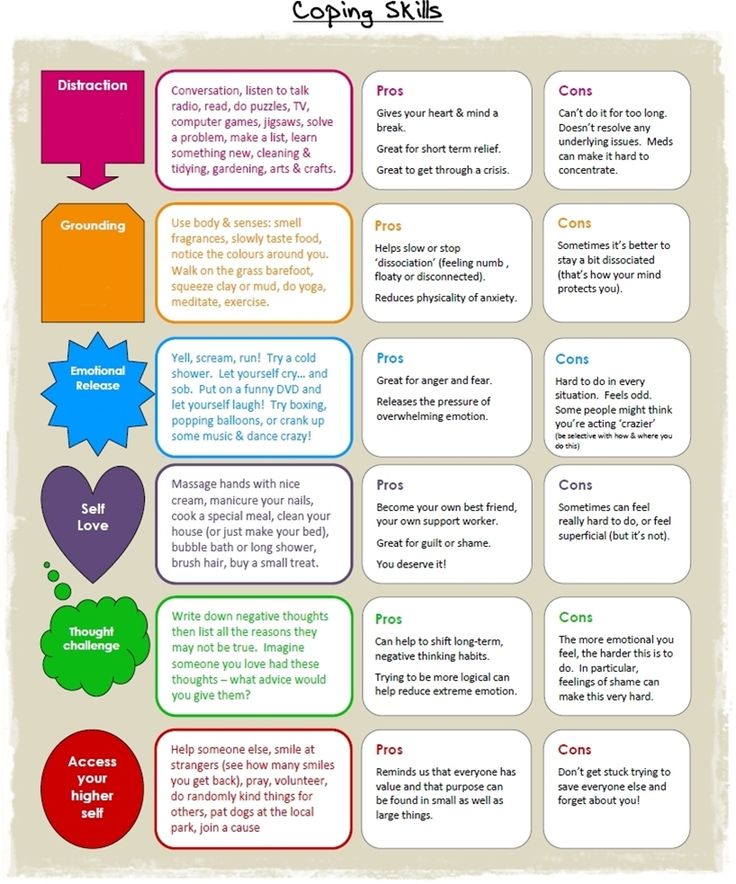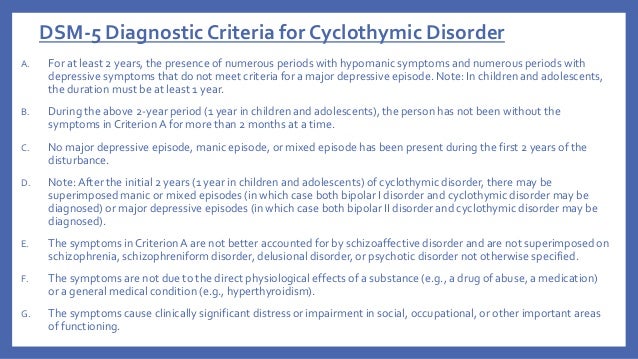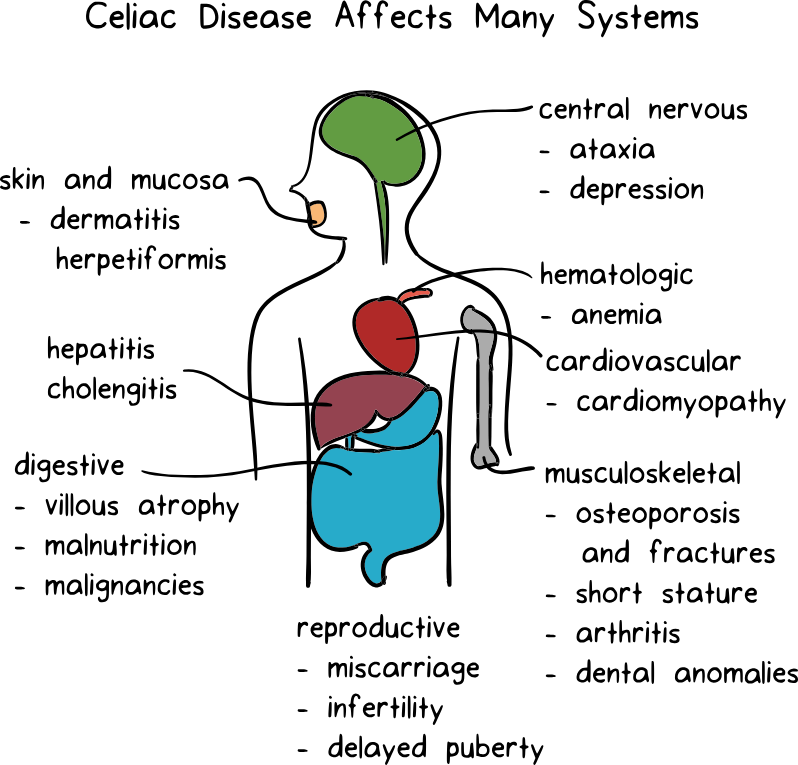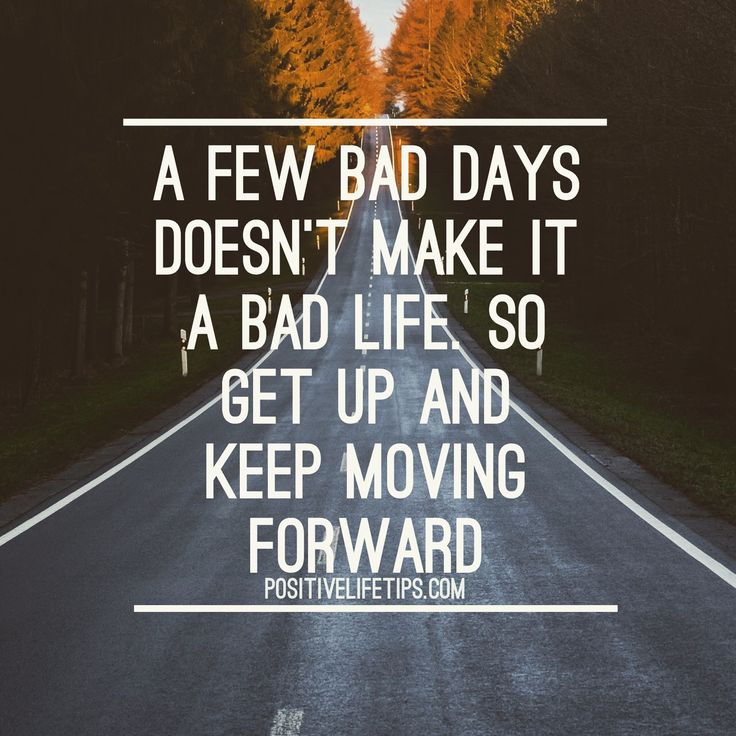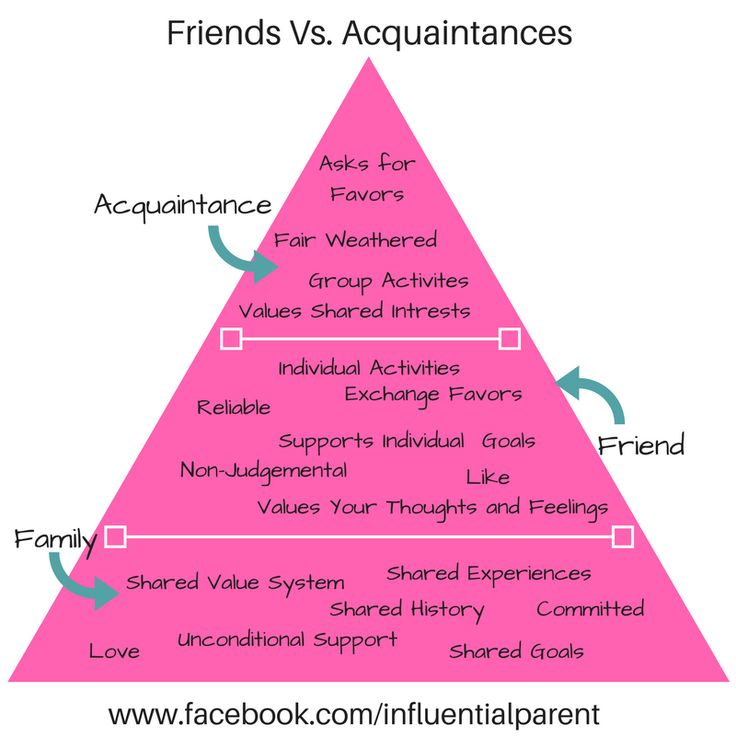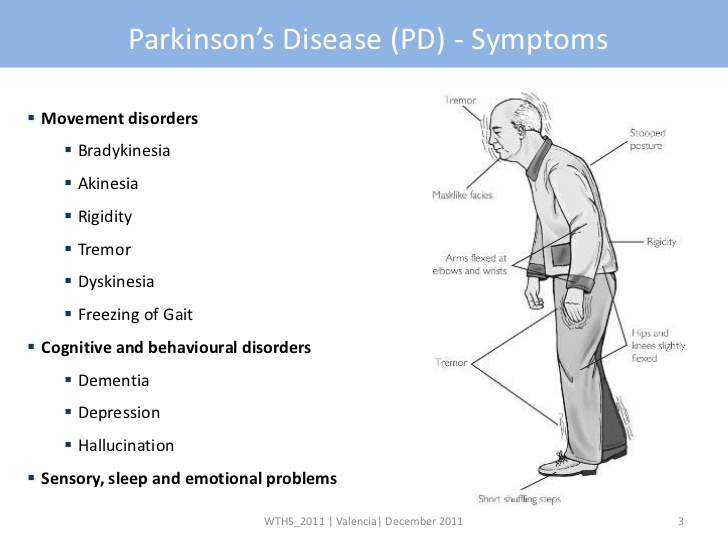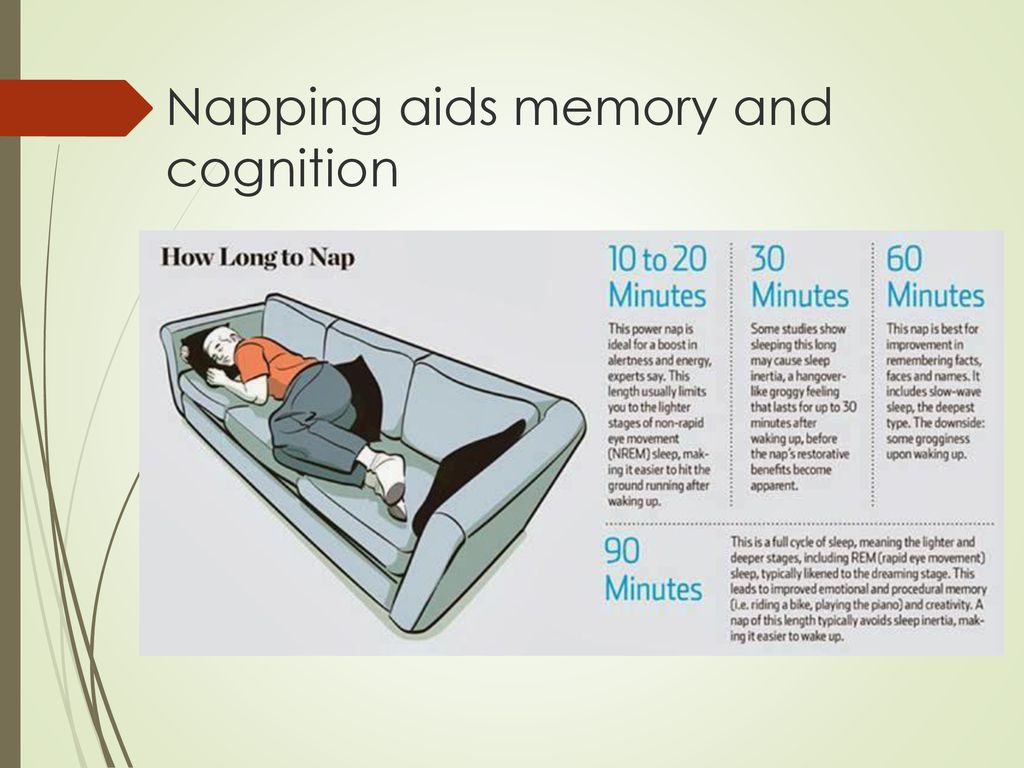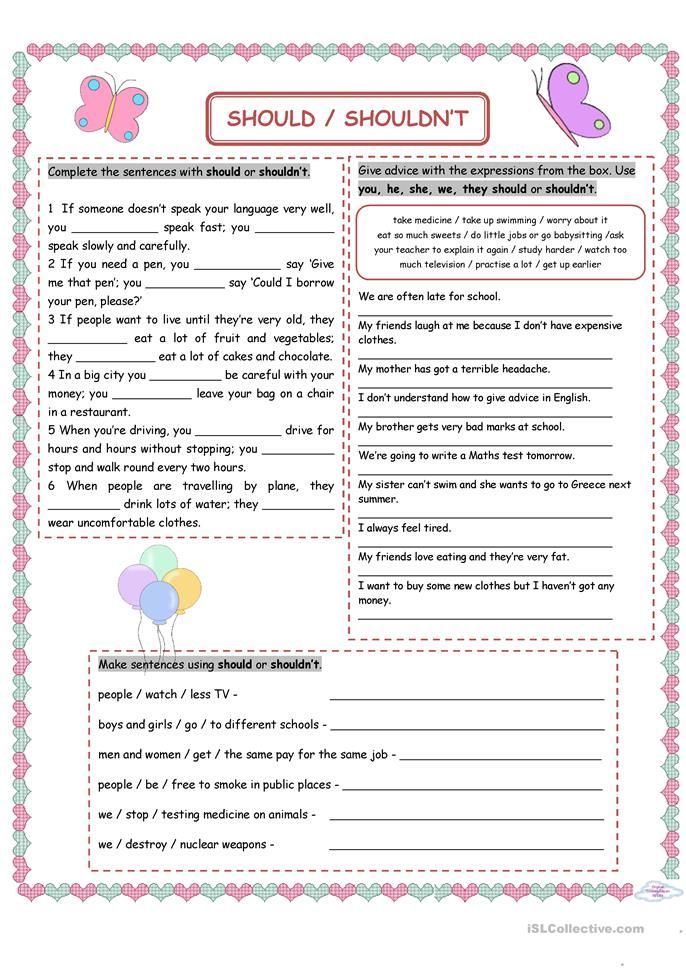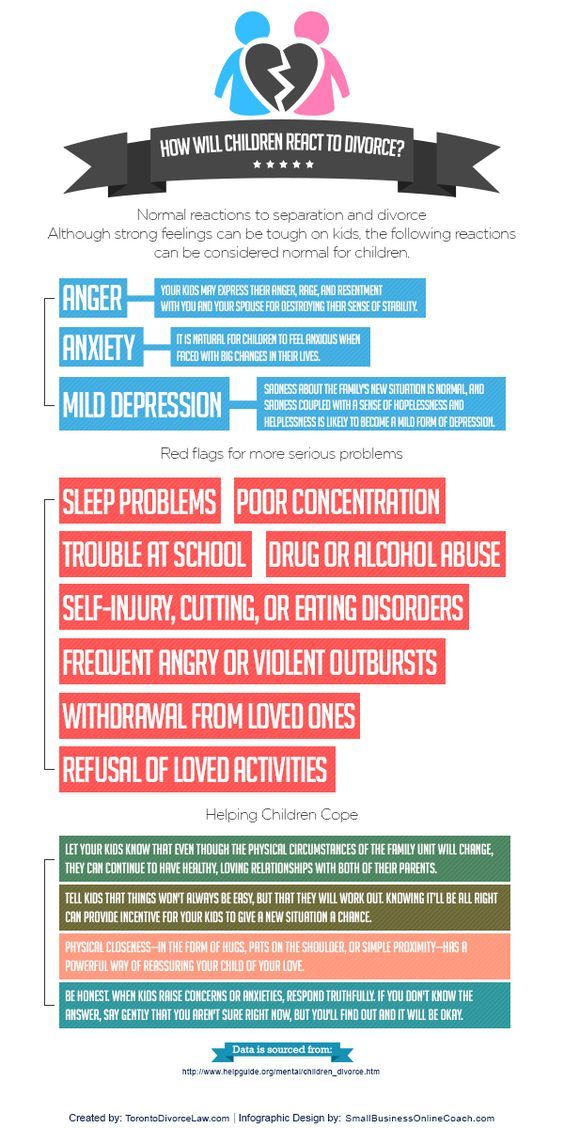How to get rid of frustration and anger
18 Ways to Cope with Frustration
Frustration can be hard to put into words – it’s a complicated mix of anger, disappointment, and annoyance. For most health care workers, frustration levels are particularly high right now as many face PPE shortages, minimal workplace support, and a seemingly careless general public. Anger and frustration aren’t always productive emotions, and while we can’t necessarily control that we feel them, we can control how we react to them. If you need to release some of your pent-up negative energy, here are some healthy ways to do so:
- Do some breathing exercises: when having a strong emotional response, you may notice your breath getting faster and shallower. By regulating your breathing, you can get more oxygen to your brain and help yourself calm down. A good technique is 4-7-8 breathing: breathe in for four seconds, hold for seven, breathe out for eight
- Progressive muscle relaxation: one of the ways our bodies respond to heightened emotion is with muscle tension.
Relieving that physical tension will help your mind relax too. Lay down and work your way through each muscle group: tense as you slowly inhale, and release as you slowly exhale. If you prefer some instruction, try a guided audio.
- Meditate: Meditation can be a great way to connect with your feelings, but it can also help you create space between your thoughts and emotions as you settle into self-awareness. Download an app like Headspace or Calm and look for a guided meditation that fits how you’re feeling.
- Exercise: Physical activity is a mood booster, helps you regulate stress and adrenaline, and is a healthy way to release pent-up energy. If you can, try going for a run and really focus on your feet hitting the ground. If you prefer instruction, see if your local gym has online classes or search for your favorite type of workout on YouTube.
- Yoga: If you prefer low-impact workouts, yoga is a great way to get your body moving in a meaningful way.
 Yoga Pose has an online directory of poses searchable by symptom (like anxiety or back pain) and has categories including poses for calmness.
Yoga Pose has an online directory of poses searchable by symptom (like anxiety or back pain) and has categories including poses for calmness.
- Vent: Ruminating on your anger only perpetuates it, so give yourself some time to let it all out with a trusted friend. As long as you don’t focus on it for too long, venting can be a healthy emotional outlet – just try to keep it to 15 minutes, and then move on to more positive conversation. If you want to vent anonymously, try an app like Lyf or reach out to Magellan Health’s free crisis hotline for frontline workers at 1(800) 327-7451.
- Journal: If you’re dealing with the the kind of frustration where you can’t even think straight, try writing (or typing) it all out. This can help you process a situation and calm your brain down so you can approach the issue with a more level head.
- Get outside: Spend some time in your backyard, go for a walk around the block, or head to your favorite park.
 If you’re crunched for time, even just stepping out for 60 seconds of fresh air can help you recalibrate. To really help ground yourself, slip off your shoes and let your bare feet touch the dirt or grass.
If you’re crunched for time, even just stepping out for 60 seconds of fresh air can help you recalibrate. To really help ground yourself, slip off your shoes and let your bare feet touch the dirt or grass.
- Manage your expectations of others: Often, negative feelings come from misaligned expectations. Recognize that you can’t fully anticipate anyone else’s behavior; change your own mental framework so that you aren’t holding them to standards they won’t meet – it’s only hurting you.
- Treat yourself: Sometimes you just want to lay on the couch with a bag of chips and your favorite movie, and that’s OK! As long as it doesn’t become an unhealthy habit, there’s nothing wrong with treating yourself to some guilty pleasures.
- Spend some time with animals: Many people find animals to be a source of comfort and support. Interacting with animals has been shown to decrease levels of cortisol (a stress hormone) and lower blood pressure, as well as elevate levels of serotonin and dopamine, which calm and relax[i].

- Distract yourself: Leaning into feelings doesn’t always help. If you need to detach from your anger, try doing something that requires focus (like a puzzle or reading).
- Take a nap: We all need a brief reset at times. If you hit a wall where you are completely overwhelmed with everything going on, set a timer for 20 minutes and climb into bed. The rest will do your brain well and checking out for a little bit often helps you go about the rest of your day with a fresh start.
- Start a garden or get a new houseplant: Numerous studies have found that the act of gardening can be beneficial for numerous health outcomes, including anxiety and stress reduction[ii]. Don’t have the outdoor space? Taking care of an indoor plant has similar effects on your mental health[iii].
- Get creative: Art is a great tool for emotional expression. Crafting, drawing, painting, writing poetry, and other art forms are all healthy ways to channel your anger into something fun.

- Turn on some music: Music has a powerful effect on our brains. Search for a playlist of relaxing or happy music to turn your frustration into a more enjoyable emotion. Bonus points if you dance it out!
- Get organized: Take ten minutes to clean, plan, or otherwise streamline something in your life. Turning your extra energy into something productive will not only help you get rid of some of that frustration, but you’ll also have accomplished something.
- Wash your face: It seems so simple but putting cold water on your face doesn’t just feel refreshing – it triggers your mammalian diving reflex which slows your heart rate and breathing. By reducing the physical symptoms of frustration, you can interrupt your brain’s feedback loop and reduce your emotional frustration as well.
[i] National Institutes of Health. (February 2018). The power of pets: Health benefits of human-animal interactions.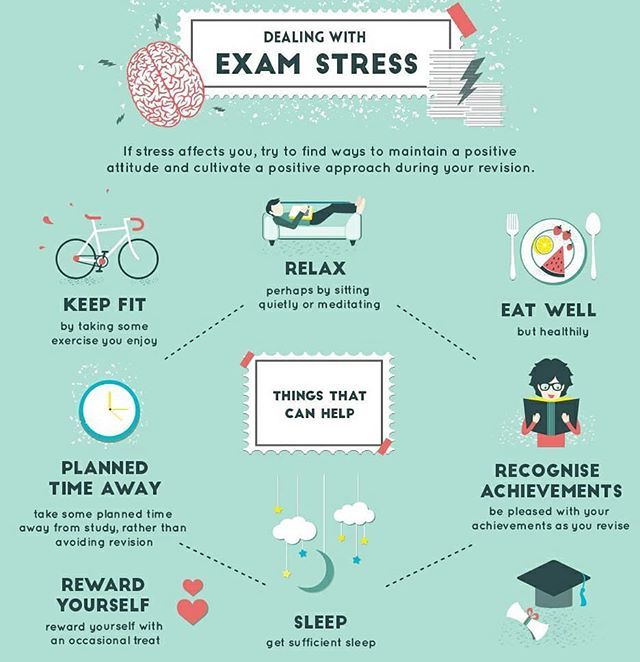 NIH News in Health. https://newsinhealth.nih.gov/2018/02/power-pets
NIH News in Health. https://newsinhealth.nih.gov/2018/02/power-pets
[ii] Soga, M., Gaston, K.J., & Yamaura, Y. (2017). Gardening is beneficial for health: A meta-analysis. Preventive Medicine Reports, 5, 92-99. https://doi.org/10.1016/j.pmedr.2016.11.007
[iii] Lee, M.S., Lee, J., Park, B.J., & Miyazaki, Y. (2015). Interaction with indoor plants may reduce psychological and physiological stress by suppressing autonomic nervous system activity in young adults: a randomized crossover study. Journal of Physiological Anthropology, 34(1). DOI: 10.1186/s40101-015-0060-8
Frustrated? Here's What's Really Going On
Frustration, if left unaddressed, can evolve to helplessness, annoyance, anger, or rage. You can overcome it if you get to the root of it and self-care.
Feelings of frustration are emotions that most of us feel from time to time. If you have a low tolerance for frustration, there are steps you can take to help you keep your anger in check.
Frustration is an emotion that you may experience as a result of feeling powerless or helpless at the moment. It can also be a precursor to anger.
It can also be a precursor to anger.
It’s a common feeling that may occur when something doesn’t turn out as you expected, or is outside of your control, like waiting in a long line at the grocery store when you have somewhere else to be.
When something frustrating like this happens, it can create stress, especially if you have a hard time letting things go.
If you’re unsure what to do when frustrated, there are strategies you can use to help minimize the impact of frustration in your life.
When you’re feeling frustrated you can take a moment to pause and breathe. Focusing on your breath and breathing deeply from your diaphragm can help reduce negative feelings and ease any tension you may have in your body, according to a 2017 study.
Sarah Kaufman, a licensed social worker in New York City suggests trying these breathing exercises:
- 4-7-8 breathing: Inhale for 4 seconds, hold for 7 seconds, and exhale for 8 seconds. Repeat 3 times.
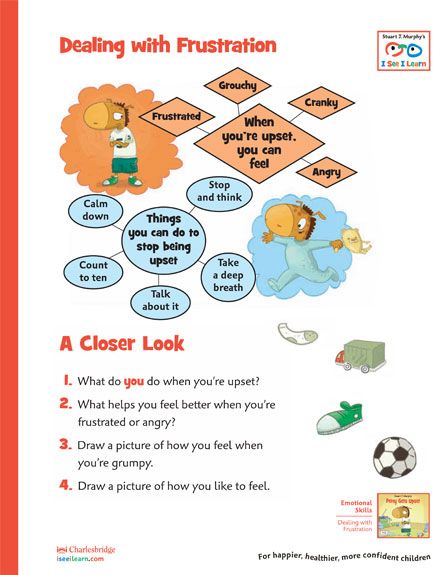
- Boxed breathing: Inhale for 4 seconds, hold for 4 seconds, exhale for 4 seconds, and hold for 4 seconds. Repeat 3 times.
To help reap the benefits that come from this exercise, practice slow, controlled breathing that comes from your belly and not your chest.
The next time you’re feeling frustrated stop and ask yourself what may be causing you to feel this way.
You can notice your emotions as they arise.
Emotional wheels are very effective at illustrating root emotions and their related emotions. Putting a name to how you feel might help you to decide what productive steps to take to soothe your frustration.
If you know you get frustrated when there’s a long line at the gas station every Friday, you might take a beat to identify why you’re frustrated. If what you’re feeling is impatience, you can take steps to avoid time triggers and go on a less busy day.
If you get frustrated in midday meetings regularly, you might do a body scan and discover you’re hangry. You can take steps to eat something filling beforehand.
You can take steps to eat something filling beforehand.
Taking the time to get your feelings down is a great way to help make sense of them. But only recap the situation that caused the frustration if it gives you peace of mind, says Kaufman.
“Freewriting can offer an opportunity for deep reflection and allow for emotions to come up that you didn’t know were there.”
Consider spending a few minutes when you’re feeling frustrated to journal your thoughts and feelings, this can help to decrease your mental distress as well as have a positive impact on your well-being, as a 2018 study shows.
Physical exercise produces feel-good chemicals in your brain called “endorphins,” these chemicals act as a natural painkiller that can help improve your sleep as well as stress, according to the Anxiety and Depression Association of America (ADAA).
You don’t have to engage in a full-body, lengthy workout to reduce frustration, says Kaufman. “Try short, quick movements, like 5–10 minutes of crunches, jumping jacks, or pushups.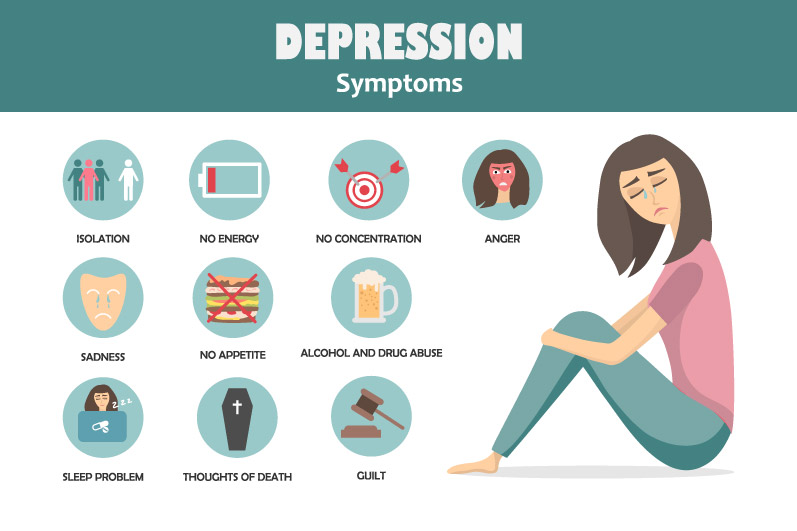 ”
”
A common sign of frustration or anger is an increase in heart rate, which can increase your body temperature. By cooling down your body, you can lower your heart rate, which can reduce your feeling of frustration, says Kaufman. She and suggests trying:
- splashing cold water on your face
- holding an ice cube in your hand
- going for a walk if it’s cool outside
The signs of frustration can vary from person to person. Common signs of frustration include:
- anger
- feeling anxious or on edge
- irritable
- annoyed
- losing your temper
Remember, feelings of frustration are common. You’re not alone in frustration, but you can consider taking mindful steps.
Frustration is a common emotion that you may feel when things don’t go the way you expected or because of your inability to achieve something.
It’s usually associated with anger or prefaced by feelings of inability.
The key to managing your frustration is to understand your feelings by identifying them and writing them out. You can also change how it impacts your daily life by:
You can also change how it impacts your daily life by:
- deep-breathing exercises
- physical activity
- cooling down your body
If you continue to feel overwhelmed and the strategies you’ve tried aren’t enough to help, consider reaching out to a mental health professional. You can visit Psych Central’s Find a Therapist resource to find a therapist right for you.
Joy of life - Disappointment in everything - how to deal with the problem?
- Post category: Personality psychology
Contents
Everyone has periods of disappointment in everything - in life, people, events. Apathy sets in, and you don’t want to try anything else. Important goals begin to seem meaningless, and past achievements lose their value. Until recently, you worked confidently, built relationships with people, and achieved success. But today everything has changed. Old patterns of behavior have suddenly become ineffective, and there are no new ones yet. Where to go is unclear. How to cope with the problem and start living a full life? nine0008
Where to go is unclear. How to cope with the problem and start living a full life? nine0008
Disappointment in everything: two possible patterns of behavior
When expectations are not justified, and a person experiences bitter disappointment, he can behave in different ways:
- Experience. During such periods, life seems to freeze: you don’t want anything, all your strength goes into sharp emotions. Sometimes it's a good idea to stop, give yourself a break, and take your time to think about the situation. However, if the period of apathy drags on, it is better to seek the help of a psychologist in order to understand yourself. nine0005
- Action. Some people are not deterred by disappointment. They realize that the solutions that worked before no longer work, but they continue to work. Along the way, they are looking for new behaviors.
Do not condemn yourself for the lack of goals and aspirations, bitter thoughts, apathy. Each state has its own advantages.
Disappointment and stopping along the way are good in their own way, because you have time to realize yourself, reassess your values, search for new priorities. During such a period, psychological help is especially valuable. A qualified specialist will help analyze the traumatic situation and find a way out of it. nine0008
What questions should you ask yourself?
Frustration can prepare for a fresh start, with renewed priorities and goals. To make this period as productive as possible, it is worth looking for answers to a few questions:
- What (or who) caused the most frustration and disappointment?
- How long do I have to experience this state?
- What is the best thing to do - look for new ways to achieve the goal or just abandon it? nine0005
- What can I do for myself right now to make it easier for me?
- What good is this unpleasant situation? What invaluable experience did I get? What did you learn?
Take it for granted: stability is an illusion.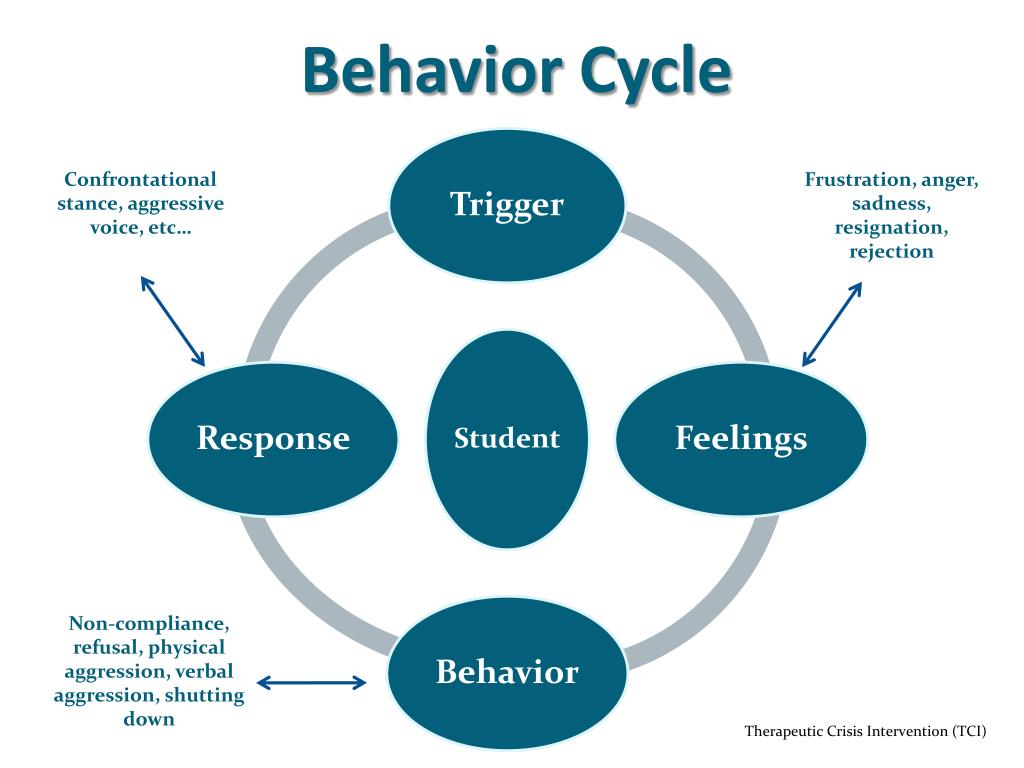 Everything changes and needs updating. In the same way that we reinstall computer software, we have to upgrade our consciousness.
Everything changes and needs updating. In the same way that we reinstall computer software, we have to upgrade our consciousness.
Sometimes it is difficult to ask the right questions and give clear answers to them; this requires a consultation with a psychologist and serious work on oneself. nine0008
The most common causes of disappointment
Situations are very different, and they are accompanied by different emotions. Still, the most common causes of disappointment can be identified:
- Injustice. It is very difficult to come to terms with it and stop blaming others. Frustration and distrust of people are natural, but they will need to be dealt with. Do not accumulate resentment, it is better to take care of your health and distract yourself from bad thoughts.
- Events did not match expectations. Sometimes people act completely differently than we want, and events get a negative development. Consider that life does not have to live up to our expectations at all.
 It's unpleasant, but true. nine0005
It's unpleasant, but true. nine0005 - No change. Very often we tune in to change for the better, but nothing happens or everything goes “not according to plan”.
You don't have to blame others, yourself, or life. Accept the facts, no matter how painful they are.
How to act - advice from a psychologist
There are several techniques that will help you cope with the pain of disappointment and find ways to solve problems:
- Make a promise to yourself not to blame anyone. Try to see the true causes of what happened. nine0005
- If you've experienced this kind of frustration before, think about what's wrong with your attitudes and expectations.
- Speak out. Talk about your troubles to a wise friend or specialist. There are very positive reviews about our psychotherapists in Saratov. Perhaps you should talk to us, because the psychologist will not only listen, but also help change the situation.
- Get rid of negativity.
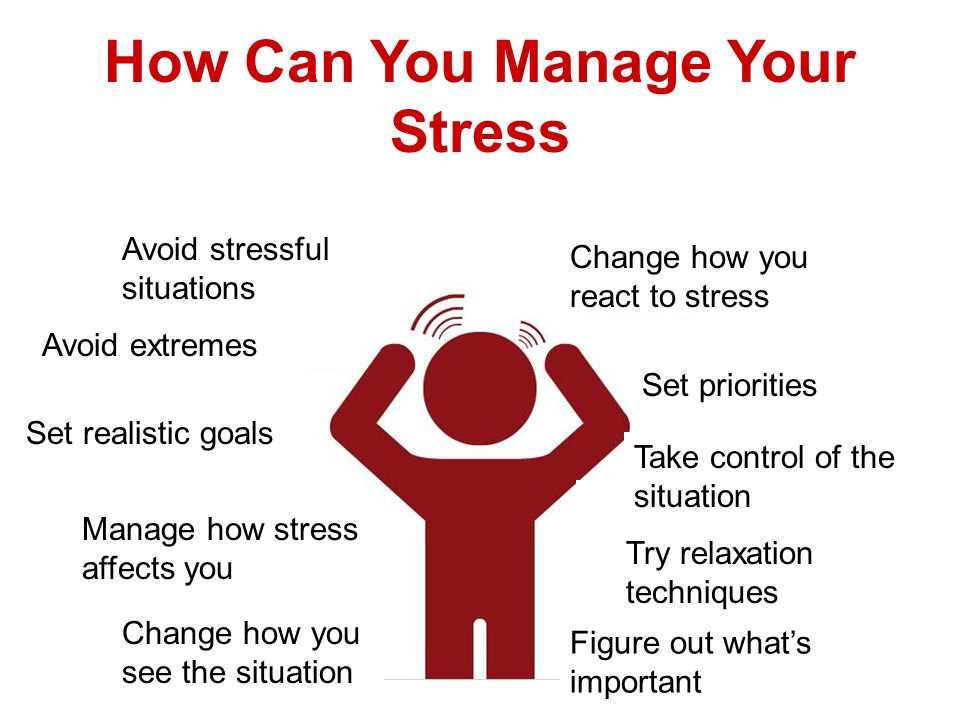 Find ways to relax and cleanse the soul of resentment and anger. Take a cool shower more often, walk in the fresh air, listen to good music. nine0005
Find ways to relax and cleanse the soul of resentment and anger. Take a cool shower more often, walk in the fresh air, listen to good music. nine0005 - Clean up. Cleaning is soothing. When the environment is clean, it becomes easier on the soul.
- Take up yoga or sports. The advice is banal, but very effective.
Do not experience acute disappointment in solitude. Sign up for a consultation with a psychologist of our Center in Saratov. He will become your reliable ally in overcoming difficulties. Call today!
appointment services/prices/payments
Tags: personality psychology, disappointment
8 Buddhist Tips for Dealing with Anger - Study Buddhism
Buddhists can talk all they want about love, compassion and tolerance, but even if eminent masters like the Dalai Lama admit they get angry sometimes, is there any hope for us? Perhaps scientists will say that it is perfectly normal to be angry, psychologists will advise expressing anger, and some religions even talk about righteous anger. However, Buddhism says that anger is always bad.
However, Buddhism says that anger is always bad.
The 8th century Buddhist scholar Shantideva described anger as the most powerful negative force, capable of destroying all the good we have ever done. Think about it. If we have a weapon, one moment of anger can change our future: from a free man we can turn into a prisoner. An example from everyday life is that anger can destroy friendships and trusts that have lasted for decades. Ultimately, anger is more dangerous than all the bombs, guns, and knives of this world put together. nine0008
Video: The 14th Dalai Lama - How to Conquer Anger
To turn on subtitles, click on the "Subtitles" icon in the lower right corner of the video window. You can change the subtitle language by clicking on the "Settings" icon.
We know that anger is an unhappy state of mind, but what can we do? Buddhism offers a number of simple methods to help change our minds. But I warn you in advance: there is no magic pill! Here are eight of the best Buddhist tips on how to deal with anger. nine0008
1. Such is life - samsara
The first instruction of the Buddha, which he gave 2500 years ago, is very straightforward: our life is unsatisfactory. And you know what? It will never be satisfactory at all.
We were born - we will die. Between these events there will be pleasant and difficult days, and sometimes we will feel almost nothing. These endless ups and downs we call "samsara". When we came into this world, no one said that life would be beautiful and easy, a kind of non-stop entertainment, and that everything would always be exactly the way we want. By understanding our own situation in samsara, we can also better understand others. nine0008
When we came into this world, no one said that life would be beautiful and easy, a kind of non-stop entertainment, and that everything would always be exactly the way we want. By understanding our own situation in samsara, we can also better understand others. nine0008
We are all in the same position. If we are angry at events and situations, at others and at ourselves, this will not help. Others do and say things that we don't like, precisely because their lives have also failed.
Such thinking can completely change our outlook. Even if it seems to each of us that he is the center of his own universe, this does not mean that everything should go and will go exactly the way we want.
2. Be Heroes - Patience
Disturbing emotions are best dealt with through their opposites. Fighting fire with fire will not help. Why? Our mind cannot hold two opposing emotions at the same time. You can't yell at someone and be patient at the same time - it doesn't happen. Many see patience as a sign of weakness: we let others get over us and go along with whatever they want. However, in reality it is quite the opposite. Do we find it difficult to scream when we feel bad? And how much more difficult is it to stay calm and control your emotions? If we follow our feelings wherever they lead us, that doesn't make us heroes. On the contrary, we become weaker. The next time you're about to yell at someone at the top of your lungs, instead draw your sword of patience and slit the throat of your anger. nine0008
However, in reality it is quite the opposite. Do we find it difficult to scream when we feel bad? And how much more difficult is it to stay calm and control your emotions? If we follow our feelings wherever they lead us, that doesn't make us heroes. On the contrary, we become weaker. The next time you're about to yell at someone at the top of your lungs, instead draw your sword of patience and slit the throat of your anger. nine0008
How? When you notice the tension, you can start breathing deeply: this will be the exact opposite of the short inhalations and exhalations that accompany anger. You can slowly count to a hundred, not allowing yourself to say something that we will definitely regret later. Once in a conflict situation, it may make sense to get out of it before everything finally goes downhill. Every situation is different, so observe what works best for you.
3. Be in touch with reality - analyze the situation
When we examine how we feel when we are angry, anger seems to be our protector - our best friend, defending our interests, helping us on the battlefield. This illusion makes us think that anger is justified. But if you look closely, anger is not a friend, but an enemy.
This illusion makes us think that anger is justified. But if you look closely, anger is not a friend, but an enemy.
Anger leads to stress, torment, loss of sleep and appetite. If we don't stop being angry, it makes a bad impression on others. Let's be honest: no one wants to be around an angry person, right? nine0008
When we are accused of something and we feel how a knot of defensive position begins to tie in the abdomen, we need to stop and think rationally. After all, there are only two options: either a person is right or wrong. Why be angry if his words are true? If we want to be adults, we need to admit he was right, learn the lesson and move on. And why be angry if the accusation is unjust? The man was wrong. Has this never happened to us?
4. Look into your mind - meditation
Meditation and the practice of mindfulness can be very helpful in the battle with anger. To many, meditation seems like a waste of time: why spend 20 minutes sitting on a pillow when you can do a lot in that time? To others, meditation seems like a pleasant escape from real life, when we can spend some time away from children, letters, spouse or wife.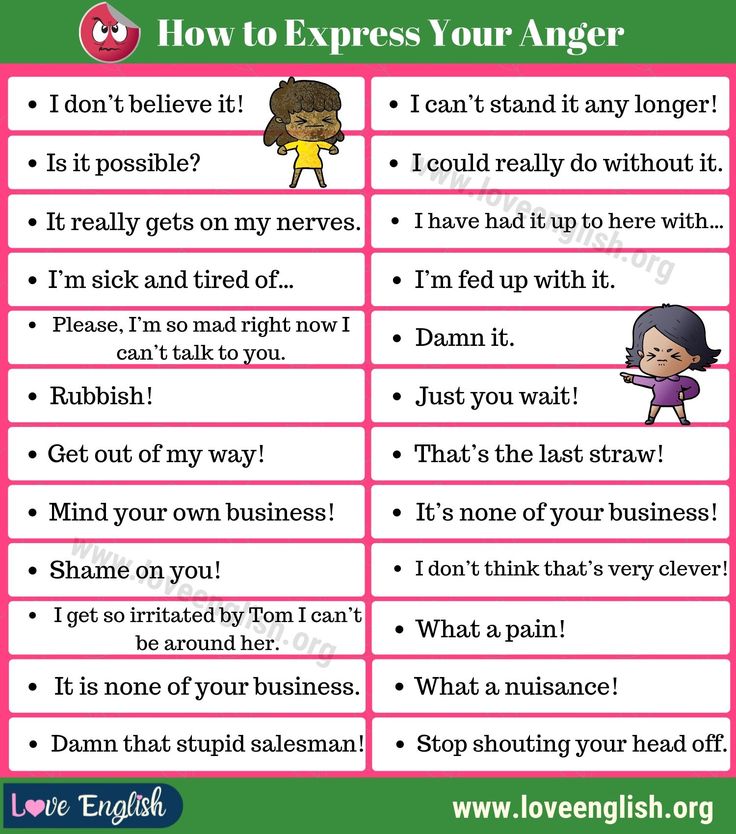
But meditation is much more. This is preparation for real life. It is wrong to meditate on love and compassion every morning, and then, as soon as you get to work, yell at your subordinates and complain about your colleagues. nine0008
With the help of meditation, we train our mind to good thoughts - patience, love and compassion. You can meditate anywhere and anytime. If on the way to work we are willing to spend half an hour listening to our favorite songs, then we can at least ten minutes out of those thirty minutes induce thoughts of goodwill towards others. This is very effective in reducing anger and gradually we will become the person that others want to be around.
5. Bow - learn from the enemy
Buddhism often teaches us to go against our habits. If we are angry, there is an impulse to take revenge. And what is the result? We suffer just as much, perhaps even more. The opposite action goes against intuition, but in fact it brings the opposite result, leading to happiness. nine0008
nine0008
Yes, it sounds ridiculous, but think of the object of your anger as a teacher. If we want to become better people—more patient, loving, kind, happy people—we need to practice. We all know that it takes a lot of time and effort to become a world-class football player or violinist, so why should it be any different in the case of mind training? If we are always surrounded by those who agree with us and fulfill all our desires, we will never learn to overcome difficulties.
Therefore, the people we are angry with are extremely precious: they give us the opportunity to truly practice patience. This will immediately stop the flow of anger, because it will change our view of others: we will think not that they hurt us, but that they help us.
6. Remember death - impermanence
You will die, I will die, we will all die. So when a person you can't stand does something that annoys you, stop and think, "Will this matter when I'm on my deathbed?" Most likely, the answer will be no, unless this person is obsessed with the desire to conquer and destroy the world. This very simple tip helps you to ignore annoying little things. nine0008
This very simple tip helps you to ignore annoying little things. nine0008
We all know we're going to die, but we obviously don't fully realize it. Death seems to be an abstract, distant concept, something that happens to other people - the old, the sick, having anomalous occurrences. But in reality this is not the case. Young people die before the elderly, and healthy people die before the sick. This happens every day.
When we think about death, which will inevitably come (tomorrow? in a year? in 50 years?), many things that usually drive us crazy become literally nothing. They do not necessarily stop annoying us, but we see that it does not make sense to spend precious time and effort on them. nine0008
7. Everything comes back – karma
People say: “Everything comes back. - or: - This is his karma, he deserved it, ”implying that people reap what they themselves have sown. This does not quite correspond to the Buddhist understanding of karma, it is more complex and subtle. However, while people like to see that the suffering of others is due to their karma, it is difficult for most to see that the unpleasant situations they find themselves in are due to their own karma.
However, while people like to see that the suffering of others is due to their karma, it is difficult for most to see that the unpleasant situations they find themselves in are due to their own karma.
Everything that happens to us - from moments of incredible joy to depths of despair - arises due to causes. These reasons do not fall on us out of nowhere: we created them ourselves. So, if you find yourself in a terrible situation, instead of giving vent to anger, you can stop and think: where did this come from and do I want things to get even worse? nine0008
Karma is associated with automatic behavior, when we react to what is happening in the usual ways. If we understand how karma works, we will see that we can change our future experiences with our present actions. In this case, it means that we practice patience when anger comes up.
8. This is unreal - emptiness
Patience is a direct antidote to anger, but emptiness is the strongest medicine. It helps not only from anger, but from all problems and difficulties. In fact, no matter how much patience we have, if we do not understand emptiness (emptiness), problems will fall on us again and again, like the Indian monsoon. nine0008
In fact, no matter how much patience we have, if we do not understand emptiness (emptiness), problems will fall on us again and again, like the Indian monsoon. nine0008
When you are angry, stop for a moment and analyze your mind. You will notice something: there is a strong sense of "I" at this moment. « I am angry because you said to me . I can't believe he did this to me or my friend. I am definitely right, and she is absolutely wrong.” Me, me, me
When we are angry, we have a great opportunity to analyze this "I" that seems so dense. It does not exist! It's not that we don't exist or that nothing matters. However, if we try to find this "I", is it in our mind? In body? Here and there? We can't say, "Here, it's here!" nine0008
Understanding emptiness is not easy, but the analysis of reality radically changes our outlook. We see that we can't find anything to be angry at: it doesn't exist and never has.